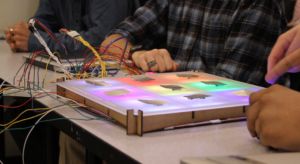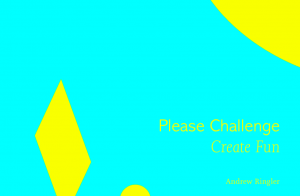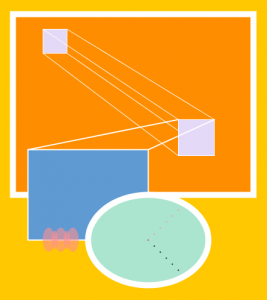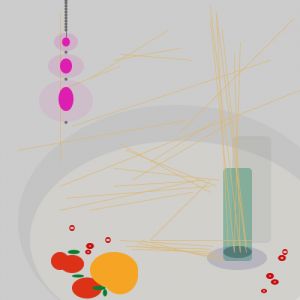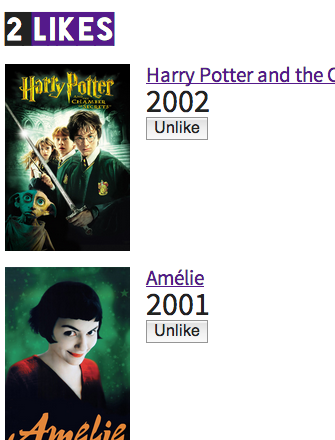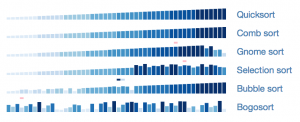
Detailed course resources available at MIT Open Courseware.
I co-led a workshop about designing, building, and publishing simple educational video-games during MIT’s IAP with Kyle Keane, Mark Vrablic and Abhinav Gandhi. No previous experience with computer programming or video-game design was required. Topics covered included collaboration, video game design, Unity programming, gesture handling using the Microsoft Kinect, 3D digital object creation and small team management. Sponsored by MIT-SUTD Collaboration, Materials Science and Engineering and Craig Carter, Professor, Materials Science and Engineering.
Long Project Videos
Description
9-day hands-on workshop about designing, building, and publishing simple educational video-games. No previous experience with computer programming or video-game design is required. Beginning students will be taught everything they need to know, and advanced students will be challenged to learn new skills. Participants will work in small teams to design, build, and publish video-games that will be shared in a large public exhibition. Team projects are open-ended and designed by participants. Examples include: a collection of bouncing balls that can be sped up or slowed down using hand gestures, a virtual reality laboratory where kids can perform experiments, and crowdsourcing interface for describing scientific graphics for blind students. Participants will complete guided projects in order to learn the fundamentals and will then break into small teams to complete a one-day mini-project of their choosing. Participants will then break into new teams that will have four days to design, plan, and build a custom project of their choice. On the last day, students will present their projects in a public exhibition and have the chance to win a prize for “crowd favorite”. Participants will learn about video-game creation using the Unity game engine, collaborative software development using GitHub, gesture handling using the Microsoft Kinect, 3D digital object creation, video-game design, and small team management.








